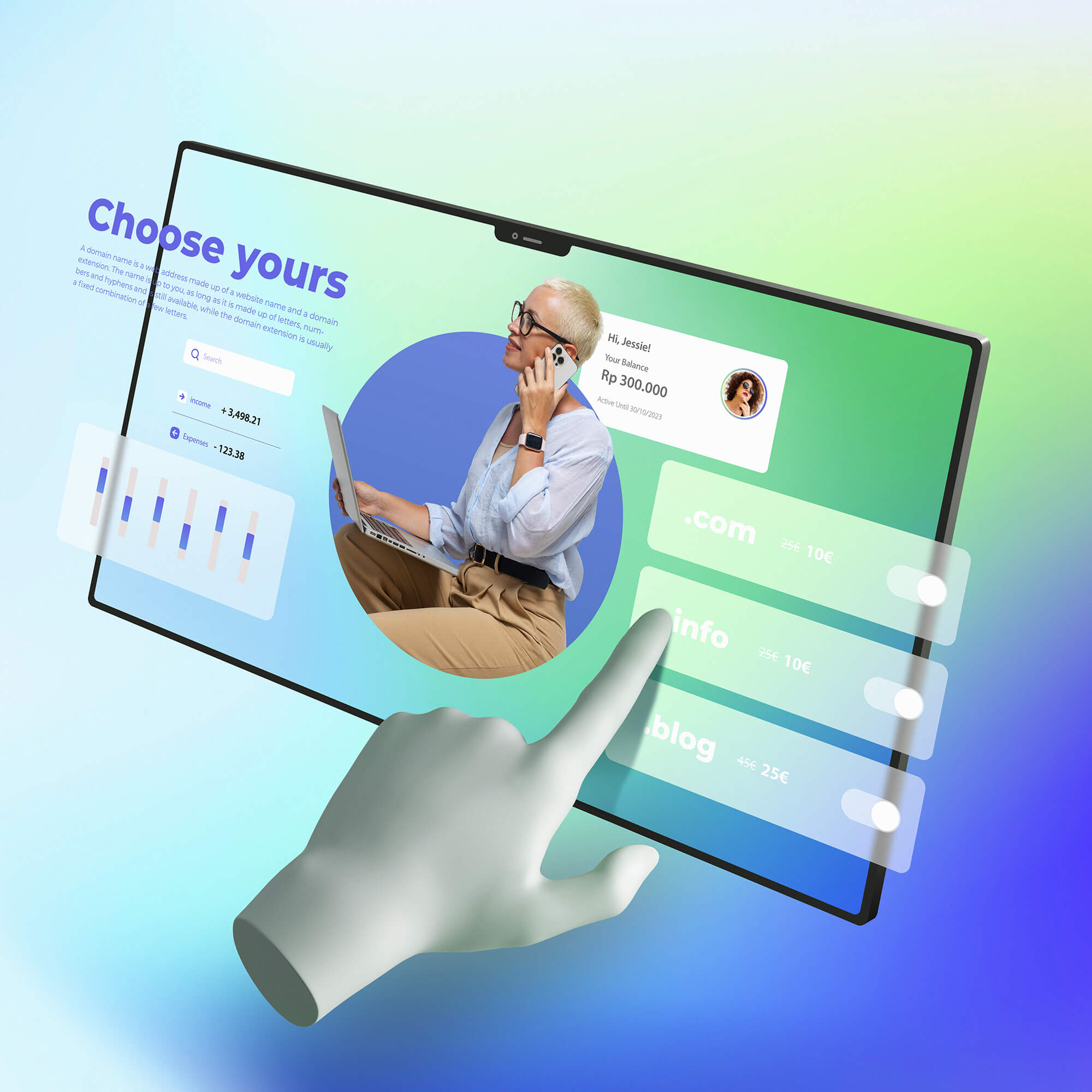
1. What is Responsive Design?
At its core, responsive design ensures that a website’s layout, images, and other elements adjust seamlessly to fit the device on which they’re being viewed. This could be a desktop monitor, a laptop, a tablet, or a smartphone.
2. Fluid Grids: The Foundation
Instead of designing web pages based on pixels or fixed sizes, responsive design uses relative units like percentages. This ensures elements resize in relation to one another. For instance, if a header takes up 50% of the screen’s width on a laptop, it will do the same on a tablet.
3. Flexible Images: Adjust and Scale
Just as the layout adjusts, images should also resize within their containing elements. This ensures they don’t spill out of their containers or become too small to view. CSS properties, such as max-width: 100%;, ensure images are never larger than their parent element.
4. Media Queries: Fine-tuning for Different Devices
Media queries in CSS allow for custom styling depending on various conditions, most commonly screen width. This lets designers apply specific styles for smartphones, tablets, and desktops, making sure each device gets an optimized viewing experience.
5. Mobile-First or Desktop-First?
The debate continues, but many developers prefer a mobile-first approach these days. This means designing for the smallest screens first and then adding elements and features as screen size increases. This strategy can lead to cleaner, more efficient code and ensures mobile users, who often make up the majority of web traffic, get a full experience.
6. Test, Test, Test
Once you’ve implemented a responsive design, it’s essential to test it on various devices and browsers. Emulators and online tools can help, but nothing beats real-world testing to ensure compatibility.
7. Keeping Performance in Mind
Responsive doesn’t just mean fitting the screen; it also implies the site remains performant. Consider optimizing images, utilizing caching, and streamlining code to ensure fast load times, especially on mobile networks.
In conclusion, responsive design is the cornerstone of modern web development. With an ever-diverse range of devices accessing the web, it’s essential to ensure your site is accessible, usable, and beautiful, regardless of where and how it’s viewed. By mastering the fundamentals of flexible layouts, you’ll be well on your way to offering an optimal web experience for all users.








